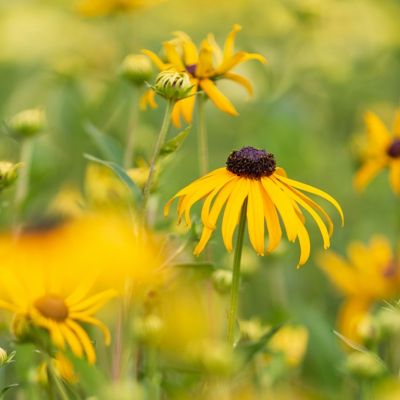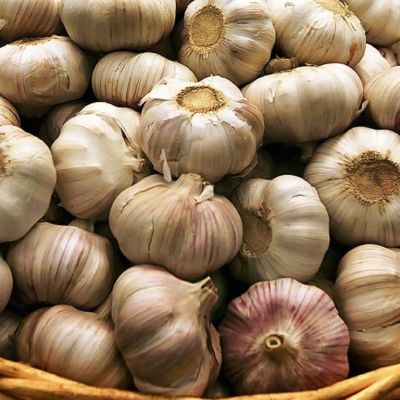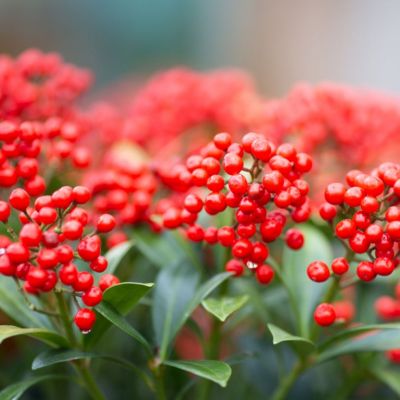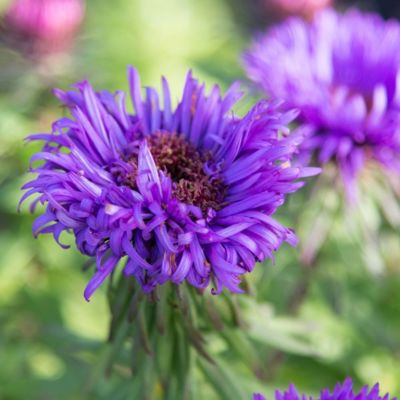Growing Fruit Trees
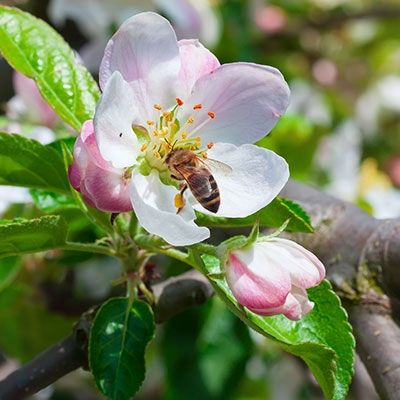
Here at Beetham Nurseries, we have a large variety of fruit trees throughout the year. When choosing the right fruit tree for your garden, there are several
factors to consider; we have put together this handy guide that will help you choose the right tree and assist you in caring for it for many years to come.
Before deciding on the specific tree to buy, there are two questions you’ll need to answer:
1. How high do I want my fruit tree to grow?
2. How many fruit trees do I want to buy?
The first thing to decide is how high you want the tree to eventually grow. You can find plenty of information in this guide about
rootstocks, which are used to restrict the growth of a fruit tree.
Once you have decided on the rootstock, you can then decide on the number of trees you want to buy. If you only have room for one tree and your neighbours don't already have one, then you will need a self-fertile variety that doesn't require a pollinator. If you want more than one, then all you have to do is make sure they flower at around the same time to allow the bees to move from tree to tree, and that they are different varieties.
What are Rootstocks?
Rootstocks are used to restrict the vigour of fruit trees and allow a range to grow in a small space. They can also contribute to the disease resisting abilities of the plant.
Apples
Our apples come on 3 different rootstocks.
|
Rootstock |
Height | |
| M27 | 1.5m high (5ft) | These are best suited to growing in containers on the patio. |
| M26 | 2.5-3m high (8-10ft) | Strong rootstock for growing in the ground and in containers. |
| MM106 | 3-4m high (10-13ft) | Gives the best crop, used for fan trained, espalier and family fruit trees. |
Pears
Our pears come on 2 different rootstocks.
| Rootstock | Height |
| Quince A | 3-4.5m (10-15ft) |
| Quince C | 2.5-3m (8-10ft) |
The same rules apply to pollination as they do for apples (see below).
Even though 'conference' is described as self-fertile you will get a lot more pears if you plant 2 different varieties.
Cherries
Cherries tend to be self-fertile and come on 2 different rootstocks.
| Rootstock | Height |
| Gisela | 2.4-3m (7-10ft) |
| Colt | 6m (20ft) |
Plums
Plums also come on 2 different rootstocks.
| Rootstock | Height |
| St Julian A | 5m (16ft) |
| VVA-1 | 3m (10ft) |
The only 2 strong self-fertile varieties are Czar (cooking) and Victoria (eating). All others require a pollinating partner.
What is Pollination?
The subject of pollination is often made unnecessarily complicated. In order to set fruit, fruit trees require pollinating. Most situations provide good pollen due to the close proximity of other gardens, so it's not always necessary to have other pollinators if bees and pollinating insects are
generous with their visits. Some varieties are self-fertile which means they are capable of setting their own fruit. Others will require a different cultivar that flowers at the same time.
Where possible, we would recommend planting two different apple trees in the same pollination groups within 60ft of each other. An exception to the rule is a triploid such as Bramley's Seedling. Triploids are poor pollinators for any other variety and should be accompanied by two other non-triploid varieties that will also pollinate each other, or one variety that is self-fertile.
If you're confused by all of this, then don't worry - our experts are always on hand to help!
Pruning Fruit Trees
The aim of pruning a fruit tree is to create a well formed tree, with well spaced branches, which are not overcrowded. This allows plenty of light to enter to ripen the fruit and also encourages good air circulation which
reduces the spread of disease.
Apple and pear tree pruning should preferably be carried out in the winter months, between November and February, when the tree is dormant and it is easier to see the shape of the tree. If you are growing cherry trees, plums, apricots or peaches these should be pruned in the summer to reduce the risk of silver leaf disease.
Here are some of the basic principles when it comes to pruning fruit trees.
Perfect trees do not exist
Many beautiful photographs of perfectly manicured fruit trees suggest that only the truly dedicated and experienced are capable of creating such perfect trees. This is not the case and there are no
mysteries, so don’t be afraid to ‘go for it’!
Why do we need to prune?
- To remove unwanted parts i.e. shoots, branches, roots, fruit buds
- To let in sunlight and air by removing congested and crossing branches. This enables the tree to produce better quality fruit in appearance, flavour and size
- To reduce pest and disease - by removing damaged or diseased wood
- To limit the size and shape of the tree in its allotted space
Tip Bearing Varieties
A small percentage of apple varieties, all medlars and quinces are ‘tip bearers’. These varieties should have the occasional whole branches removed to stimulate fresh growth, but at the same time whole fruiting bows of the tree should remain untouched. The very tip of each extension shoot will bear fruit.
Summer is a good time for pruning
- Tradition has it that pruning is a winter job, however here are a few reasons why summer pruning has many advantages:
- The weather conditions make it more enjoyable!
- If trees have a visibly heavy crop, heavier pruning can be used to lighten the crop load and encourage some replacement growth
- This also helps to cure trees that have the tendency to ‘biennial bear’ (every other year)
- Stone fruit (Cherries, Plums etc.) will also suffer fewer disease problems if pruned when in leaf
- It is the most effective way to contain tree size
- It is essential to use summer pruning when maintaining ‘trained’ fruit trees

